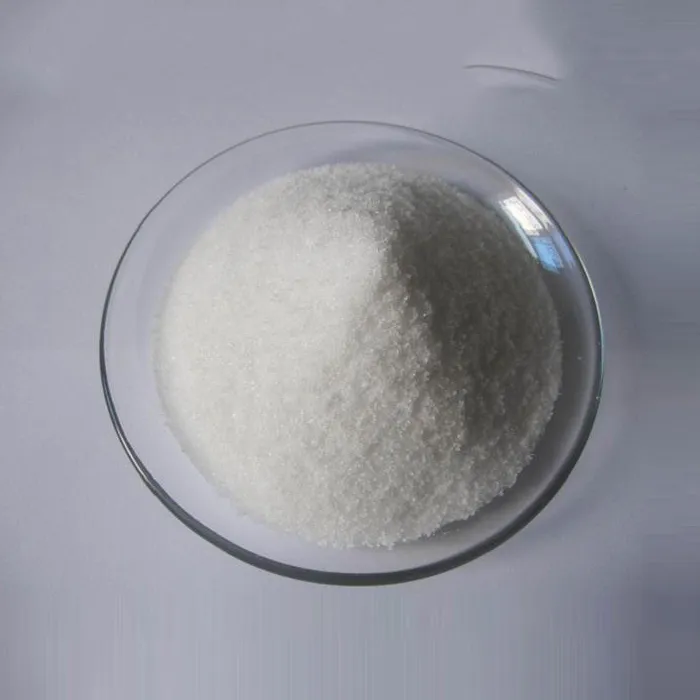Antioxidant Additives for Plastics Enhancing Durability and Performance
Plastics have become an integral part of modern life, found in countless applications ranging from packaging materials to automotive components. With their widespread use, the need for enhanced durability and improved performance of these materials has led to significant advancements in the field of polymer additives. Among these additives, antioxidants play a crucial role in prolonging the lifespan of plastic products by preventing oxidative degradation.
Oxidative degradation occurs when plastics are exposed to heat, light, and oxygen over time, leading to undesirable changes in physical and chemical properties. This degradation is particularly problematic for commodities that are exposed to outdoor conditions, such as garden furniture, automotive parts, and packaging materials. The resulting brittleness, discoloration, and loss of structural integrity not only diminish the aesthetics but also compromise functionality. Therefore, the incorporation of antioxidant additives into plastic formulations is essential to mitigate these adverse effects.
Antioxidant Additives for Plastics Enhancing Durability and Performance
On the other hand, secondary antioxidants enhance the effectiveness of primary antioxidants by providing additional protection against oxidative degradation. These compounds can decompose hydroperoxides, which are formed during the initial stages of oxidation, into non-radical products. Examples of secondary antioxidants include certain natural compounds such as vitamin E and synthetic options like thioethers. The synergistic effect of using both primary and secondary antioxidants can significantly extend the lifetime of plastic materials.
antioxidant additives for plastics

The choice of antioxidant additive depends on various factors, including the type of plastic, the processing conditions, and the end-use environment. For instance, polyethylene and polypropylene are commonly stabilized with hindered phenolic antioxidants due to their efficacy and compatibility. Conversely, polyvinyl chloride (PVC) may require a different stabilization strategy involving a combination of phosphites and secondary antioxidants to combat both thermal and oxidative degradation.
In addition to enhancing longevity, antioxidants can also influence other properties of plastics, such as color stability and mechanical performance. The addition of antioxidants can prevent yellowing and discoloration caused by oxidative processes, thereby maintaining the aesthetic appeal of products. Furthermore, they can help in retaining the flexibility and strength of plastics, ensuring that they perform effectively even under challenging conditions.
The industry is also witnessing a growing trend towards eco-friendly and sustainable antioxidant additives. With heightened awareness of environmental issues, researchers and manufacturers are exploring natural antioxidants derived from plant sources, such as extracts from rosemary, green tea, and various fruits. These natural alternatives not only provide effective protection against oxidative stress but also align with the increasing demand for sustainable materials in various industries.
Regulatory considerations also play a crucial role in the selection and use of antioxidant additives. Many countries have established guidelines to ensure that the materials used in consumer products are safe and non-toxic. Therefore, it is essential for manufacturers to stay informed about regulatory requirements and choose additives that meet these standards.
In conclusion, antioxidant additives are vital for improving the durability and performance of plastics, making them resistant to oxidative degradation. By selecting the appropriate primary and secondary antioxidants, manufacturers can significantly enhance the longevity, appearance, and strength of plastic products. As the demand for sustainable practices increases, the shift towards natural antioxidants presents an exciting avenue for development in this field. Ultimately, the proper use of antioxidant additives will not only improve product performance but also contribute to more sustainable plastic solutions for the future.

